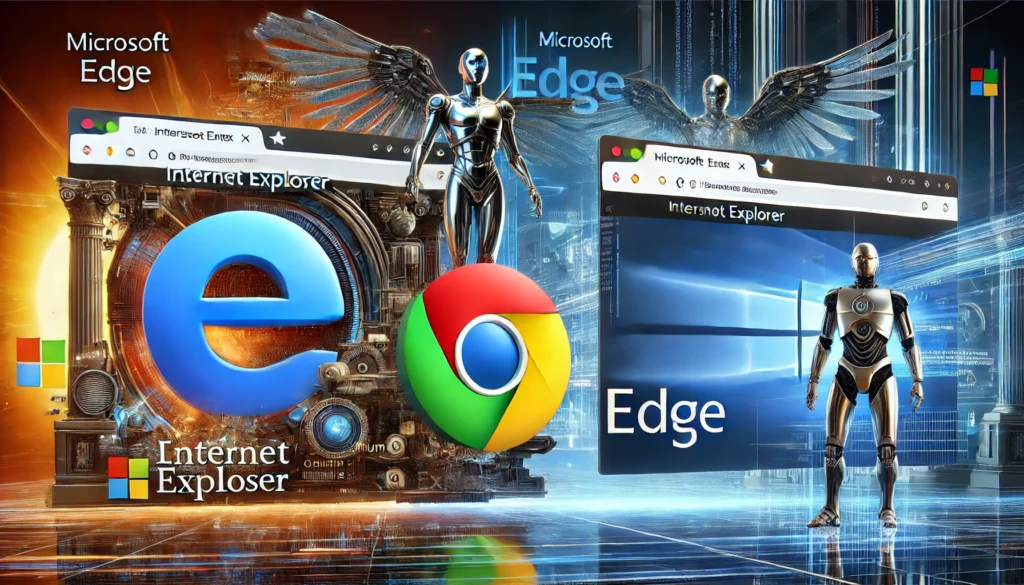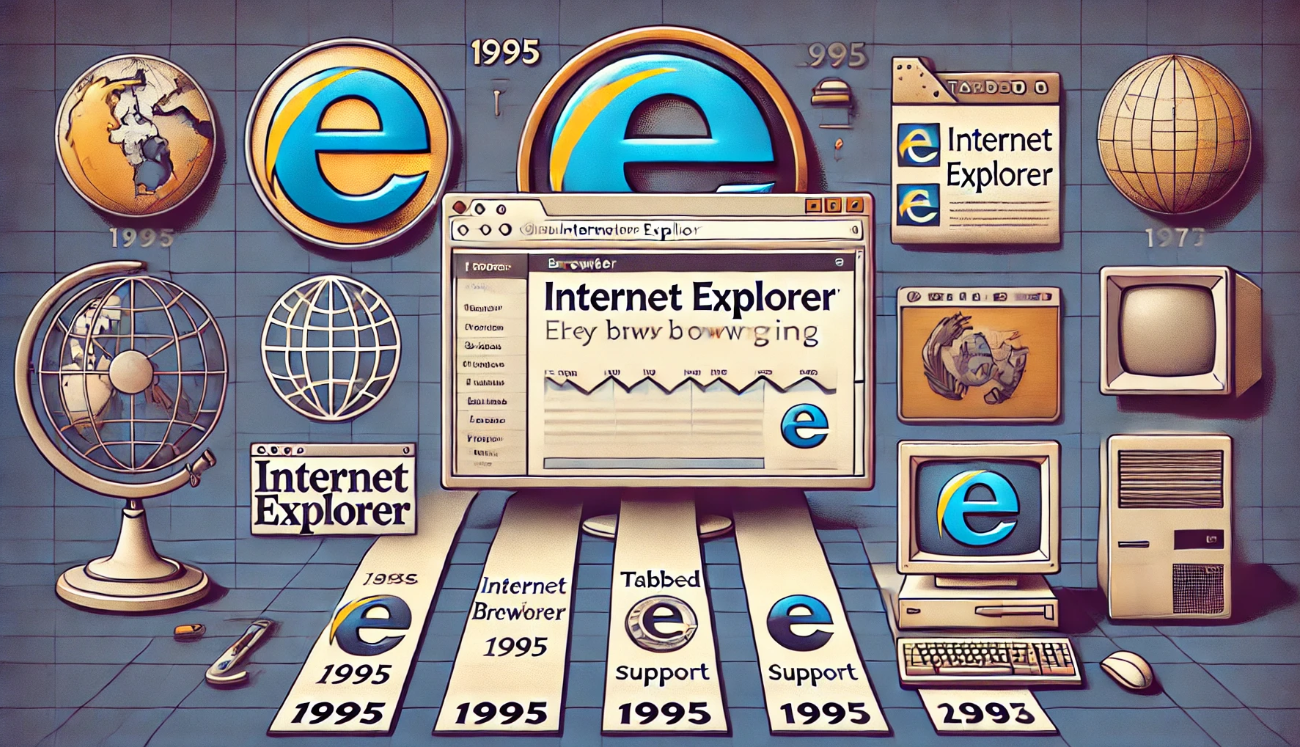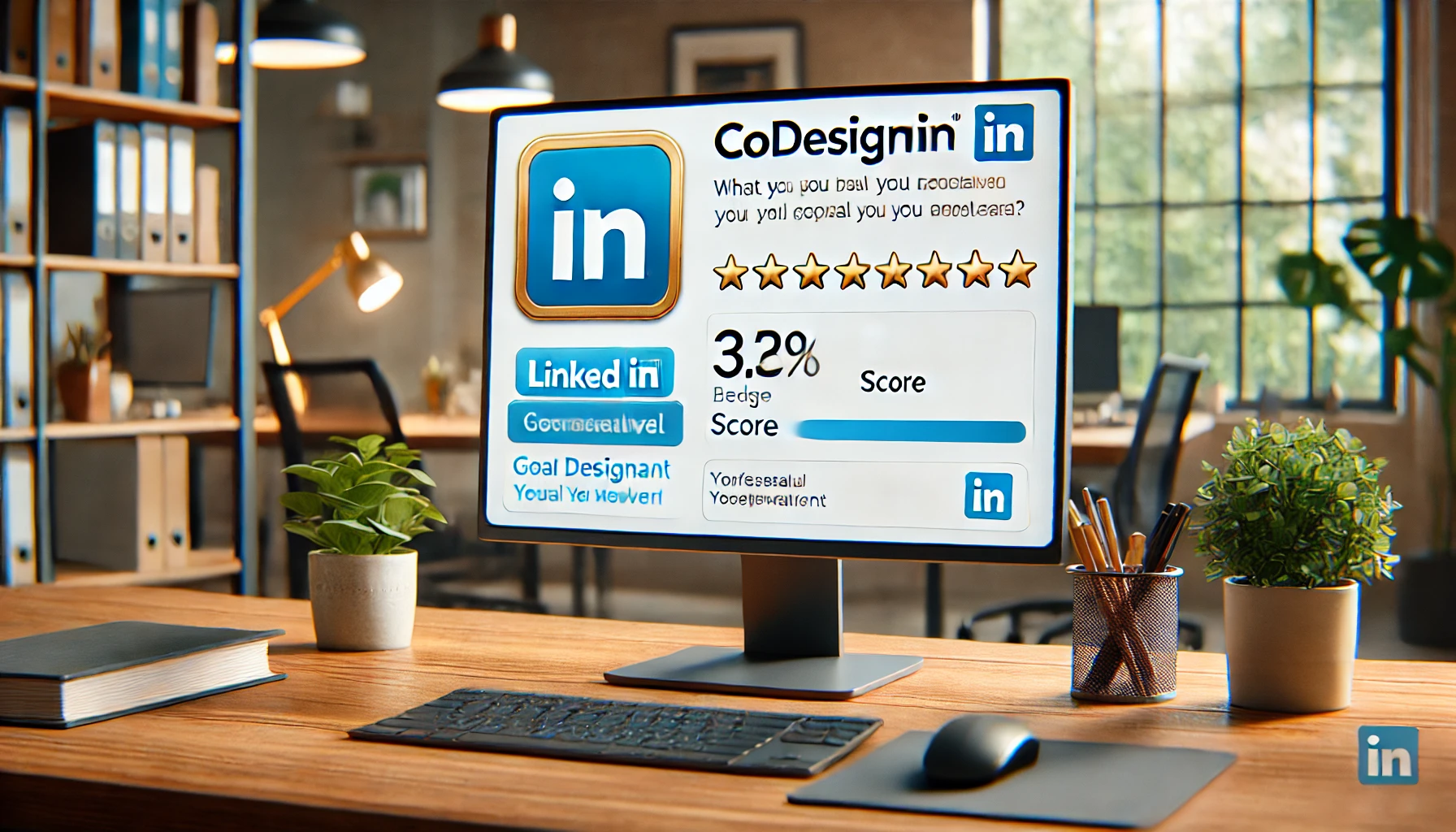Introduction to Internet Explorer
Internet Explorer (IE), Microsoft’s once-dominant web browser, played a pivotal role in shaping how users interacted with the internet. Launched in 1995, Internet Explorer quickly became a household name, powering millions of devices worldwide.
However, despite its early success, IE faced a steep decline, eventually leading to its official retirement on June 15, 2022. This guide explores the journey of Internet Explorer, from its rise to dominance to its eventual replacement by Microsoft Edge, while offering tips for users and businesses still reliant on its functionality.
The Evolution of Internet Explorer
Internet Explorer’s journey is deeply intertwined with the evolution of the internet itself. Below is a timeline highlighting its major milestones:
| Version | Release Year | Notable Features |
|---|---|---|
| Internet Explorer 1.0 | 1995 | Basic browsing functionality, Windows 95 support |
| Internet Explorer 4.0 | 1997 | Integration with Windows desktop, DHTML |
| Internet Explorer 6.0 | 2001 | Enhanced CSS support, security updates |
| Internet Explorer 11 | 2013 | WebGL and HTML5 support, improved speed |
IE’s integration with Windows operating systems ensured its widespread adoption. By the early 2000s, it held over 90% of the global browser market share. However, competitors like Firefox and Chrome offered faster and more secure alternatives, leading to IE’s decline.
Features and Functionality
Internet Explorer introduced several innovative features during its lifespan, some of which shaped modern web browsing:
- User Interface: IE pioneered the tabbed browsing feature, making it easier to manage multiple pages simultaneously.
- Security: Tools like ActiveX filtering and SmartScreen helped protect users from malicious content.
- Integration with Windows: IE’s deep integration allowed seamless use of Windows features like file downloads and updates.
While these features were groundbreaking in their time, the browser’s limitations became apparent as web standards evolved.
The Role of Internet Explorer in Web Development
For developers, Internet Explorer was both a boon and a bane. It introduced tools like the F12 Developer Tools for debugging and allowed the early adoption of dynamic web content. However, its non-compliance with emerging web standards created significant challenges. Developers often had to write IE-specific code, increasing development time and complexity.
Even today, some legacy enterprise systems rely on IE-specific technologies, necessitating solutions like Internet Explorer Mode in Microsoft Edge.
The Decline of Internet Explorer
Despite its early dominance, Internet Explorer struggled to keep pace with competitors. Several factors contributed to its decline:
- Performance Issues: IE became notorious for slow speeds and frequent crashes.
- Security Vulnerabilities: High-profile security breaches eroded user trust.
- Antitrust Lawsuits: Microsoft’s bundling of IE with Windows led to legal challenges, impacting its reputation.
By the 2010s, Google Chrome emerged as the preferred choice for users worldwide, and Microsoft shifted focus to developing a more modern browser.
Internet Explorer vs. Microsoft Edge
Microsoft Edge, launched in 2015, marked a significant departure from Internet Explorer. Built on the Chromium engine, Edge offers faster performance, enhanced security, and better support for modern web standards. Key differences include:
- Speed: Edge’s Chromium-based architecture delivers superior performance.
- Compatibility: IE Mode in Edge ensures legacy application support.
- Security: Edge includes advanced features like sandboxing and enhanced phishing protection.
For businesses still reliant on IE, Microsoft Edge’s compatibility mode is a seamless way to transition.
How to Access Legacy Internet Explorer Sites
Transitioning to a modern browser doesn’t mean abandoning legacy systems. Microsoft Edge’s Internet Explorer Mode allows users to access older websites and applications. Here’s how to enable it:
- Open Microsoft Edge and navigate to Settings.
- Go to “Default Browser” settings.
- Enable “Allow sites to be reloaded in Internet Explorer mode.”
- Restart the browser and use IE Mode for legacy sites.
This feature ensures that businesses can maintain compatibility while leveraging the benefits of modern browsing.
FAQs
What alternatives to IE are best for business use?
Microsoft Edge is the best alternative, especially with its IE Mode. Other options include Google Chrome for speed and compatibility, and Mozilla Firefox for privacy and flexibility.
How does IE’s retirement impact government agencies?
Government agencies with legacy systems reliant on IE may face compatibility challenges, requiring migration to Edge’s IE Mode or modernizing their systems.
What is the market share of IE in 2025?
By 2025, Internet Explorer’s market share is negligible, as it is officially retired and unsupported.
Can I uninstall Internet Explorer completely?
Yes, Internet Explorer can be uninstalled from Windows 10 and later versions using system settings, but some components may remain integrated for legacy compatibility.
How does Edge compare to other Chromium-based browsers?
Edge offers seamless Windows integration, IE Mode for legacy apps, and excellent performance. While similar to Chrome in speed, Edge is more privacy-focused and resource-efficient.
Conclusion
Internet Explorer’s legacy is undeniable, shaping the way millions accessed the internet for decades. While its retirement marks the end of an era, the transition to Microsoft Edge and other modern browsers ensures a faster, more secure web experience. For those still reliant on legacy systems, Edge’s IE Mode offers a bridge to the future. By embracing modern technology, users can enjoy improved performance, security, and compatibility, keeping pace with the ever-evolving digital landscape.
Recommended Articles:
- The Ultimate Guide to AO3: Features, Tips, and Community Insights
- Best Buy: The Ultimate Guide to Products, Services, and Shopping Experience
- Comprehensive Guide to Target: Everything You Need to Know
- Comprehensive Guide to Reddit News: Everything You Need to Know
- FMovies: The Complete Guide to Free Streaming, Safety, and Alternatives









































































































Leave a Reply